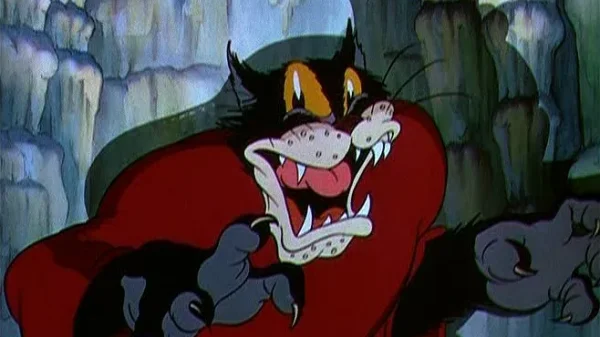The Netflix series Bridgerton has garnered immense acclaim for its exquisite costumes, which not only enhance the visual appeal of the show but also serve as a powerful tool for character development and storytelling. As the franchise traverses three seasons and a spin-off, Queen Charlotte: A Bridgerton Story, it consistently leverages fashion to convey significant information about the characters and their respective arcs. The dresses worn by the female characters, in particular, play a crucial role in portraying their personalities, intentions, and future prospects.
One of the earliest instances of this is Lady Featherington’s lavish flower dress in Bridgerton Season 3, Episode 1. The dress’s extravagance attempts to conceal the turmoil that characterizes Lady Featherington’s life and that of her family. Similarly, Eloise Bridgerton’s debut dress in Bridgerton Season 2, Episode 1, represents her discomfort in society, yet also symbolizes her determination to persevere and navigate her new reality.
The franchise also explores the theme of identity through dresses, most notably in Cressida Cowper’s distinctive gold and purple gown in Bridgerton Season 3, Episode 3. The sleeves and shape of the dress signify Cressida’s desire to disappear and forge her own identity, while also serving as a form of armor as she navigates her marriage and family politics. Lady Agatha Danbury’s dress and hat in Queen Charlotte: A Bridgerton Story, Episode 6, is another example of how fashion is utilized to convey a character’s personality and individuality. The dress and hat combination showcases Lady Danbury’s subversive nature and her willingness to set her own trends and exercise her own power.

A Still From Bridgerton Universe (Photo: Bridgerton Universe)
Bridgerton also employs fashion to examine themes of romance and heartbreak, such as Edwina Sharma’s wedding dress in Bridgerton Season 2, Episode 6. The dress symbolizes Edwina’s sweetness and her deserving nature, despite being left at the altar. Conversely, Queen Charlotte’s golden gown in Bridgerton Season 1, Episode 5, represents her romanticism and her ability to be an effective monarch. Penelope Featherington’s new dress in Bridgerton Season 3, Episode 1, represents her new beginnings and her journey to self-love and acceptance. The dress’s teal color scheme is a departure from her mother’s typical citrus-colored gowns, symbolizing Penelope’s growth as a character and her ability to take control of her own wardrobe and future.
Through its use of fashion, Bridgerton not only adds to its visual appeal but also provides valuable insight into the characters’ personalities, motivations, and storylines. The franchise’s exploration of fashion as a tool for storytelling is a testament to its attention to detail and commitment to character development, making it a standout in television drama.
























